Forgive me for thinking that a Jubilee should be good news.
I mean, there’s the name first of all. To my American ears, it didn’t sound like anything to be mad at. “An opportunity for us to be renewed in hope,” Pope Francis deemed it, when he officially announced what historical precedent had already indicated: 2025 would be a Jubilee Year for the Roman Catholic Church, a tradition that dates back to the 14th century.
Normally, Jubilee’s are held every 25 years and extend from December 24th of the preceding year through Easter of the following year. For Catholics, Jubilee is a year of penance and mercy, in which anyone can receive forgiveness of sins for themselves or deceased relatives, provided they make a pilgrimage to Rome and visit one of the several designated basilicas. About 30 million pilgrims are expected to take advantage of this rare offer. It’s a bit like a frat party where there are no invites and no guest list— just wide open doors for whoever shows up. Pity the neighbors.
If the Church’s faithful see 2025 as the chance for a spiritual reboot, most Romans take a decidedly more apocalyptic view. Endless cues of tourist buses belching smoke and disgorging barbarians ready for the sack; impassable streets; unapproachable restaurants and bars—it’s one more reason to rent the apartment out as an Airbnb and head for the hills. Our Roman friends and neighbors, especially those who’ve lived through prior Jubilee years, have warned us about all of it. They’re convinced it will be the final nail in the coffin of a city already choking on tourism.
The end of the world as we know it.
Interestingly, the Jubilee actually has historical roots in a doomsday scenario. During the Dark Ages (the old ones, not the current ones), the calendar flip from 1299 to 1300 triggered much of the same paranoia as the Y2K hysteria that marked the passing of 1999 into 2000, though it lacked a danceable theme song by Prince. As the dawn of the 14th century approached, crowds spontaneously began converging upon Rome, sensing intuitively that the safest place to be in a crisis would be at the heart of Christendom.
It was enough to prompt one grumpy and very Roman-sounding cardinal to question:
“Why are these fools expecting the end of the world?”
Faced with a restive and growing crowd of medieval Cassandras, Pope Boniface VIII found in the Old Testament book of Leviticus a Hebrew tradition of designating particular years as sacred. At this time, debtors could receive back their lost property and slaves could be freed. Although the Pope was unwilling to go quite that far, he did decide to offer plenary indulgences to those who came to Rome during the year of 1300. From there, the tradition was established and carries on today.
Whether as a result of his own irrepressibly enthusiastic personality. a concession to the hamster-like attention spans of the 21st century parishioner, or a reaction to a worldwide shortage of joy, Francis has shortened the intermissions between acts, calling a “special Jubilee” as recently as 2015. That one was an expression of the Church’s concern about the wars ravaging the Central African Republic.
On the other hand, Jubilee 2025 is in keeping with the larger tradition. According to the Pope’s initial declaration, it is intended to restore “the confident trust we require in the Church and in society, in our interpersonal relationships, in international relations, and in our task of promoting the dignity of all persons and respect for God’s gift of creation.” You have to concede that the timing is good.
But judging by the activity leading up to it, the Jubilee seems less of a theological enterprise than an engineering one: a mega-scale exercise in urban renewal. It is to religion what the Olympics are to sports— a blank check to clean, restore, and redesign the host city, whether the residents want it or not. It would appear they do not.
It turns out that the only thing more irritating to Romans than the continual degradation of the city’s infrastructure— pot-holed roads, crumbling monuments, clogged sidewalks— is any attempt to fix it. With many of the city’s most important piazzas and concourses wrapped Christo-style in orange mesh and yellow and white “Under Construction for Gubileo 2025” banners, locals have been forced to deviate from their usual walking routes, endure traffic snarls that turn roundabouts into the 5th Circle of Hell, and console disappointed tourists who find Bernini’s statues at the Piazza Navona crated up like they’ve just been delivered from the factory.
So Christmas Eve rolled around just in time. Last week, the curtains began to fall, revealing new walking paths near the Castel Sant’Angelo, a strangely welcoming Piazza Risorgimento, and from-the-bathtub-to-the-fountain, squeaky clean Berninis in Piazza Navona. By the time the crowds gathered outside St. Peter’s Basilica on December 24 for the ceremonial Opening of the Holy Door that kicks off the Jubilee, the mood of the city was relatively good-natured, if not exactly jubilant.
While the chimes rang out again and again, the seagulls of Rome swooped in above the statues of the saints and Michelangelo’s dome as if being summoned by a dinner bell. They definitely had a better view of the proceedings than we did. Maybe Hope really is the thing with feathers.
By my New York standards, the whole affair was considerably less chaotic than Times Square at New Year’s Eve. A low bar to be sure, but it made me think that things might not be as bad as predicted. At least until June— then all bets are off. I’m taking my absolution early to avoid disappointment.
For those living in or visiting Rome, it’s probably wise to prepare for a year of mixed blessings, simply because that’s usually the only way they come. It’s probably even wiser to take our joy where we can find it, even if it’s in the midst of pilgrims and pullmans. When spiritual renewal is on offer, we can hardly complain if too big a crowd shows up to claim it.
Sooner or later, most of us will find ourselves on some kind of emotional pilgrimage, searching for meaning or beauty or some glimmer of light in a dim, disorienting age. If that’s the case, then Rome, that triple-decker sandwich of beauty stacked upon history stacked upon antiquity is probably as good a destination as any to find it. It remains the Capital of the World, the place where all roads begin and end. And then begin again.
Standing in a breezy but radiant St. Peters Square on Tuesday evening, it occurred to me that for all of the people dreading the Jubilee, millions of others are packing their bags for a once-in-a-lifetime do-over. One person’s end of the world is another’s new beginning.
Maybe that’s the Hope that Pope Francis was referring to. God knows, these days we could all use a little.




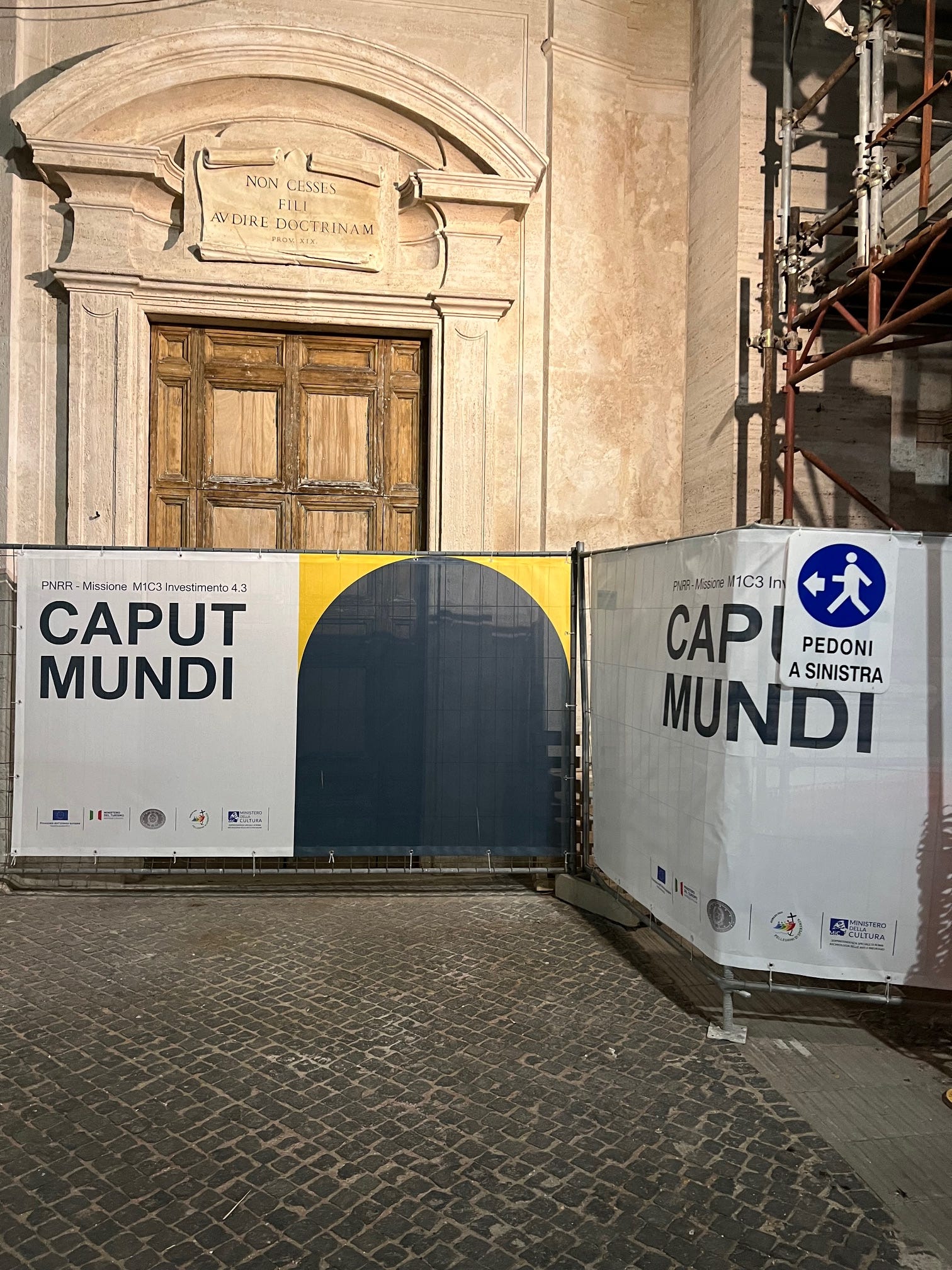
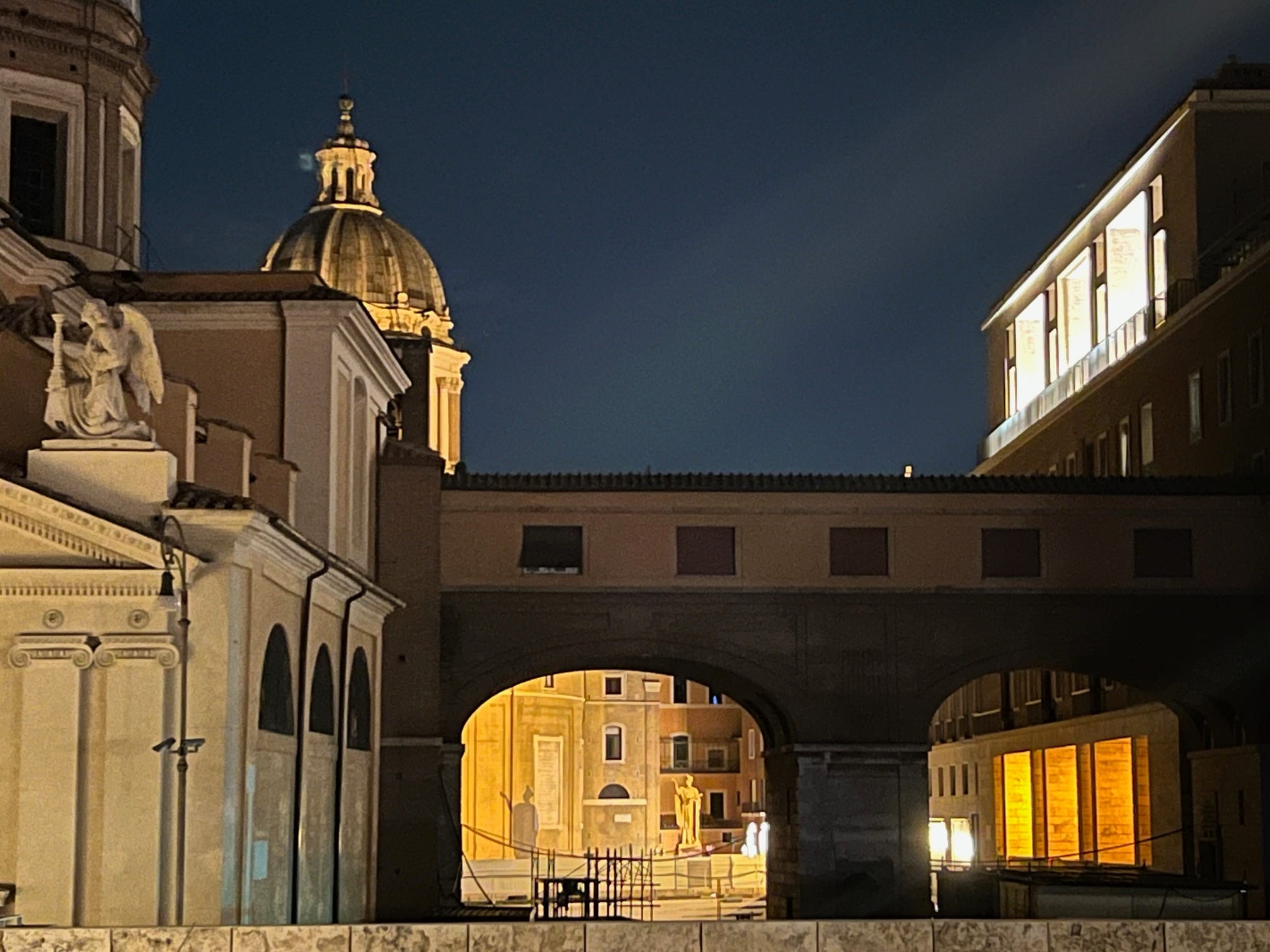
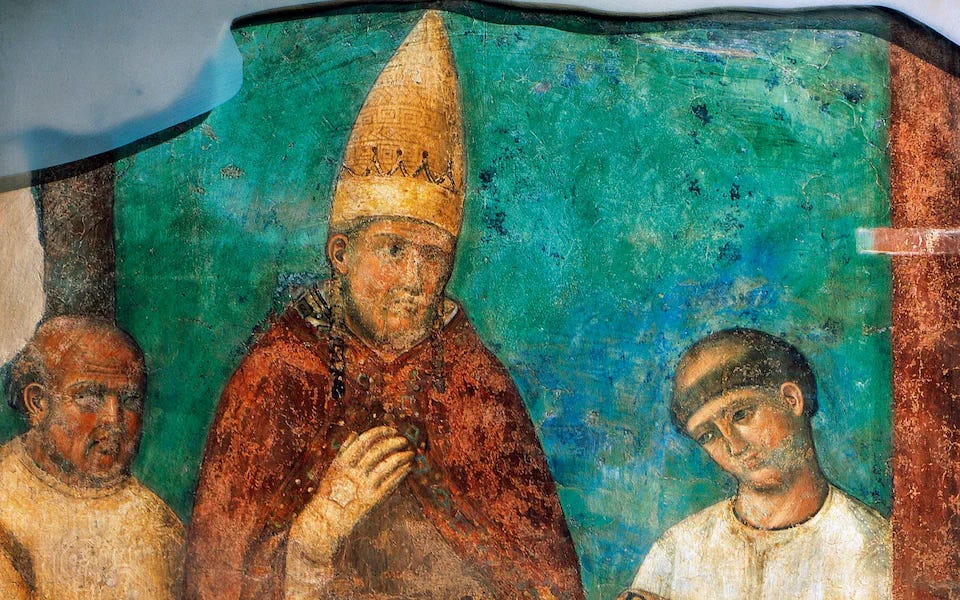

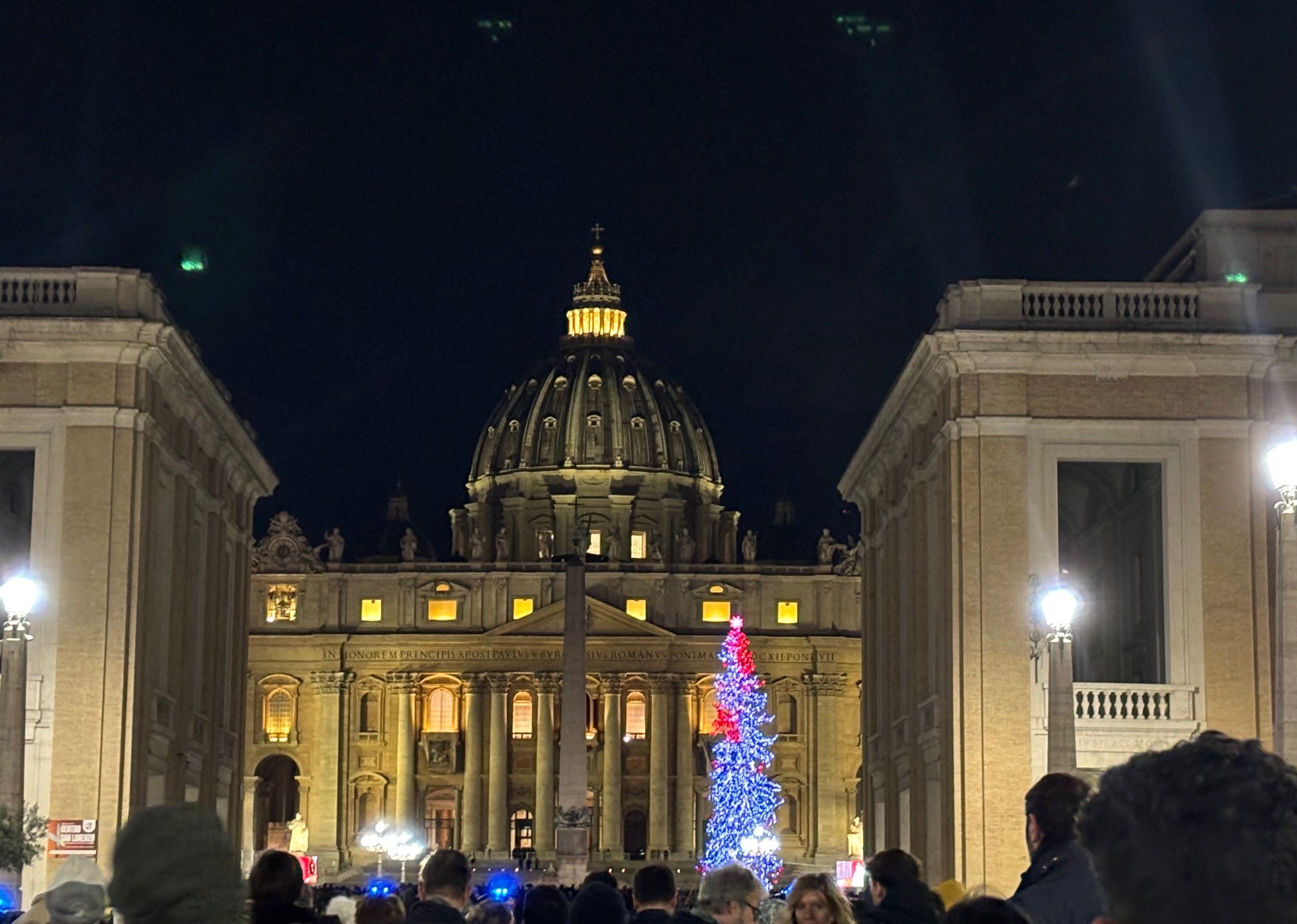

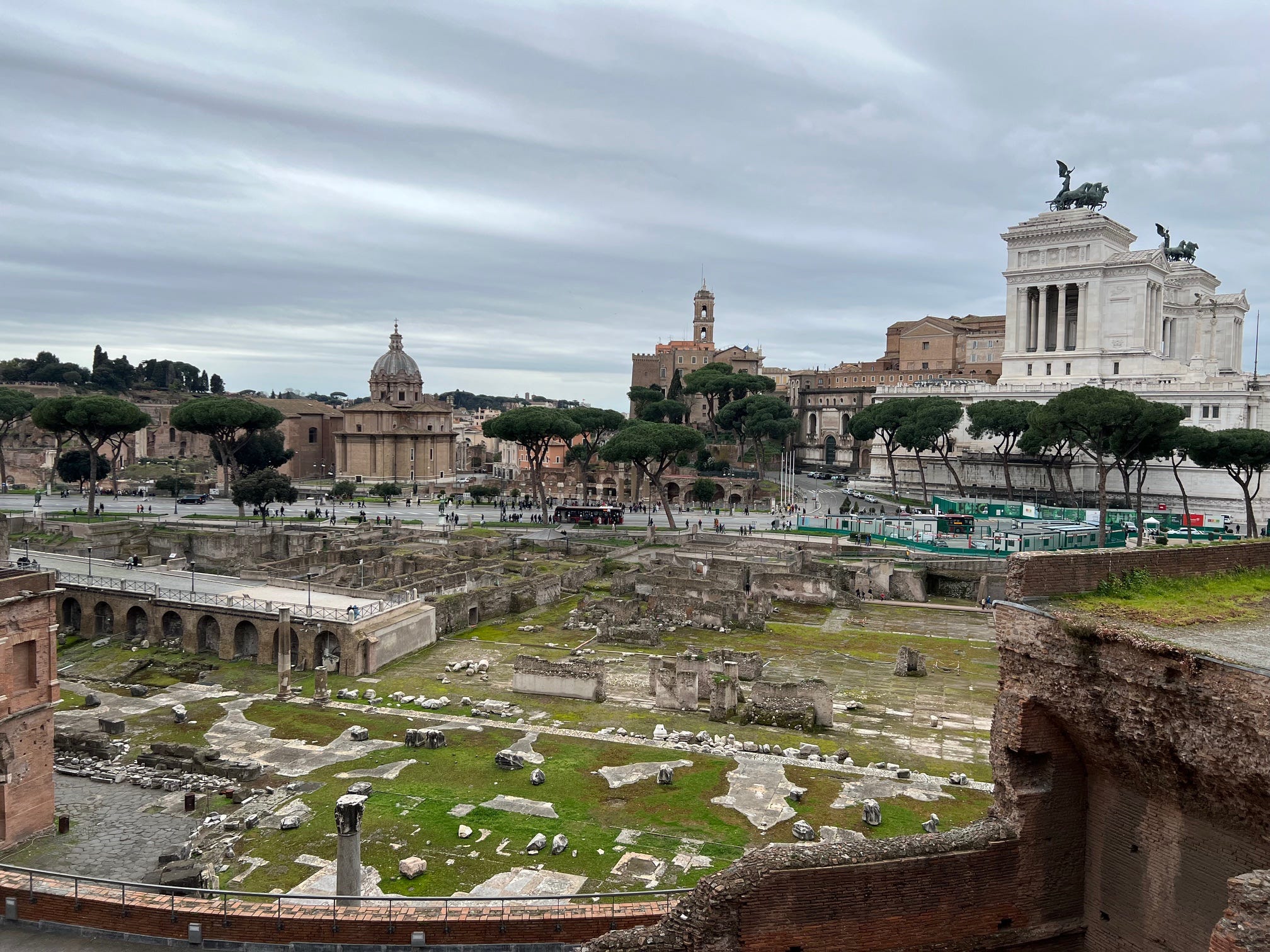

Yes--I'm afraid you're right about the graffiti. It's everywhere and with no regard for the artistic and architectural value of what's being painted on. I can almost learn to live with some misguided attempts at street art, or poetry, or even social protest. But the scribbling and tagging makes me nuts. Thanks so much for the insightful comment-- love the idea of "haunting yourself". A beautiful image.
Arh Rome. A piece of my heart will always be in Rome, my ghostly footprints are already there. I cannot walk the streets without being accompanied by the tiptap of stilettos and the laughter from too many glasses of la Gioisa wine. Who would have thought you could haunt yourself?
Yes, Rome has been wrapped up for the Jubileo and the Berninis scrubbed back to a bone white. Much as I love the patina of old age, I’m glad. If there is one thing that saddens me about the beloved city of my extended late twenties, it is the graffiti. It is as if the fad for tattoos is enforced on the walls (even if some of that graffiti is poetry.) I long for a time when Rome is not made ugly by its aerosol armed vandals. Maybe the pope can have a word.